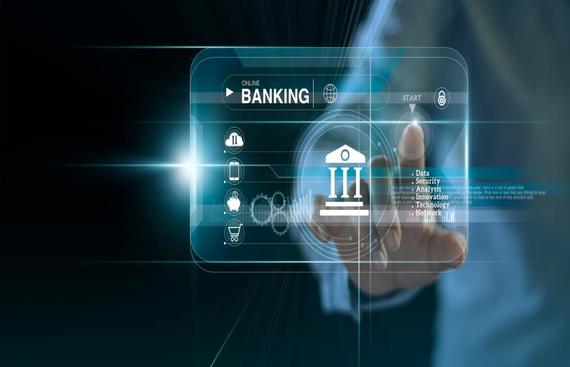Why Banks Need to Constantly upgrade their IT Infrastructure?

This is the digital era and like all other industries, banking sectors also have taken footsteps for digitalization with the latest technologies.
Changing behavior in the customer-end has disrupted the banking business, in their business model. This has been caused by fintech companies and other disintermediation, which are encouraged by regulators.
The existing data infrastructure in the banking sector is not aligned to the real-time payments and self-service. For providing support with customer preference shifts, banks are recommended by experts to constantly upgrade their data infrastructure with a drastic reduction in latency and continuously developing t intelligent data infrastructure system intelligence.
Big companies in the information technology sector have detailed about ‘why data infrastructure modernization is important’, ‘how emerging technology should be integrated to data infrastructure modernization’, ‘integrating intelligence for data infrastructure in banks’, and ‘reasoning with prime examples of data modernization projects’.
As data modernization is a time-consuming run, it requires support from the defining business architecture, technology architecture, and people skills, in addition to the target operating model of a bank. These changes in a bank might take two years or five years, with visible business benefits, managers in a bank require staying in communication constantly for winning the trust of a board directors’ panel, for acquiring requisite budget, assistance and guidance. The model of ‘Banking-Industry-Architecture-Network’ adaption might also help in creating a strong foothold.
The requirement and aim of data infrastructure modernization facilitate factors like removing disruptions caused in the banking sector, so that customer expectations challenges are well delved with, and their expectations are fulfilled. Furthermore, with the help of this, banks can also solve issues subjected by regulators, industries, and increasing competition. They can also stay aligned with the technology inventions by fintech and emerging players.
In the last two decades, customer-end moved towards digital platforms and as stats suggest, there is 30-65 percent of digitally native customers from the early 30s age group. These customers are well aware of the digital ways of engaging commerce, finance, and banking. Banks need technologies and models to stay relevant to native customers’ digital engagement.
The banks also need real-time service patterns, for a global GDP which transformed more than 95 percent in their payment systems. In the range of nanoseconds to a few seconds, these real-time transactions are completed, and technology architecture enables nano and the micro second-time window is different from batch processing.
There are 4 billion-plus smartphones and 6 billion users on messengers, where the data format of customer engagement has changed completely in the direction of conversational and template texts. Encouragement and enablement of larger financial integration and reduction of banking and finance are being raised. Most of the fintech rely on self-service, where automation and intelligent technology play crucial roles. Upgrading their technology is the best option for banks for staying aligned with these changes.
Commerce is also in the direction of the e-commerce market place, where the creation of benefits for network economics is encouraged. Banking technology/application for platforms and APIs are taking place.
There has been the adoption of IFRS 9 and IFRS 17 to report finances, BCBS 239 standards to report risks and for algorithms for trading, and real-time cyber monitoring, banks are continuously upgrading their technology for a rapidly equivalent to real-time data movement from front to mid and back-office divisions.
It is a fact that there are data crunches at times, and the data regulators manage in a systemic manner adhering to the risk and monetary policy. Data regulators are developing data lakes and data science for early warning signals emanating from the micro-prudential returns and managerial of the macro-prudential responsibilities in a better manner.
In support of the cause, regulators are established for machine-readable regulatory instructions, which are full concept proof.
Banks require developing a pathway for modernizing their technologies to deal with threats and other business disruptions.
Read More News :
ON THE DECK
Related Articles
- Stanley Lifestyles Names Venkat Gorti as Joint MD
- Student Travelling Abroad from India? International Travel Insurance Trends You Should Know
- Digital Savings Accounts vs. Traditional Accounts: Which One Wins?
- Adani Explores $5 Billion Investment in Google's India-Based AI Data Center
- Government Appoints New Executive Directors at Three Major PSU Banks
